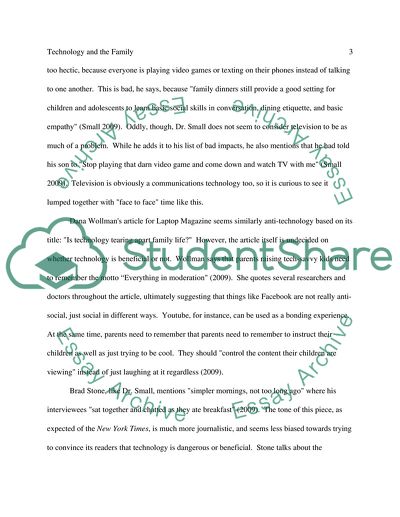Cite this document
(Technology and the Family: Good, Bad, or Somewhere in Between Research Paper, n.d.)
Technology and the Family: Good, Bad, or Somewhere in Between Research Paper. Retrieved from https://studentshare.org/family-consumer-science/1743004-issue-2
Technology and the Family: Good, Bad, or Somewhere in Between Research Paper. Retrieved from https://studentshare.org/family-consumer-science/1743004-issue-2
(Technology and the Family: Good, Bad, or Somewhere in Between Research Paper)
Technology and the Family: Good, Bad, or Somewhere in Between Research Paper. https://studentshare.org/family-consumer-science/1743004-issue-2.
Technology and the Family: Good, Bad, or Somewhere in Between Research Paper. https://studentshare.org/family-consumer-science/1743004-issue-2.
“Technology and the Family: Good, Bad, or Somewhere in Between Research Paper”, n.d. https://studentshare.org/family-consumer-science/1743004-issue-2.


